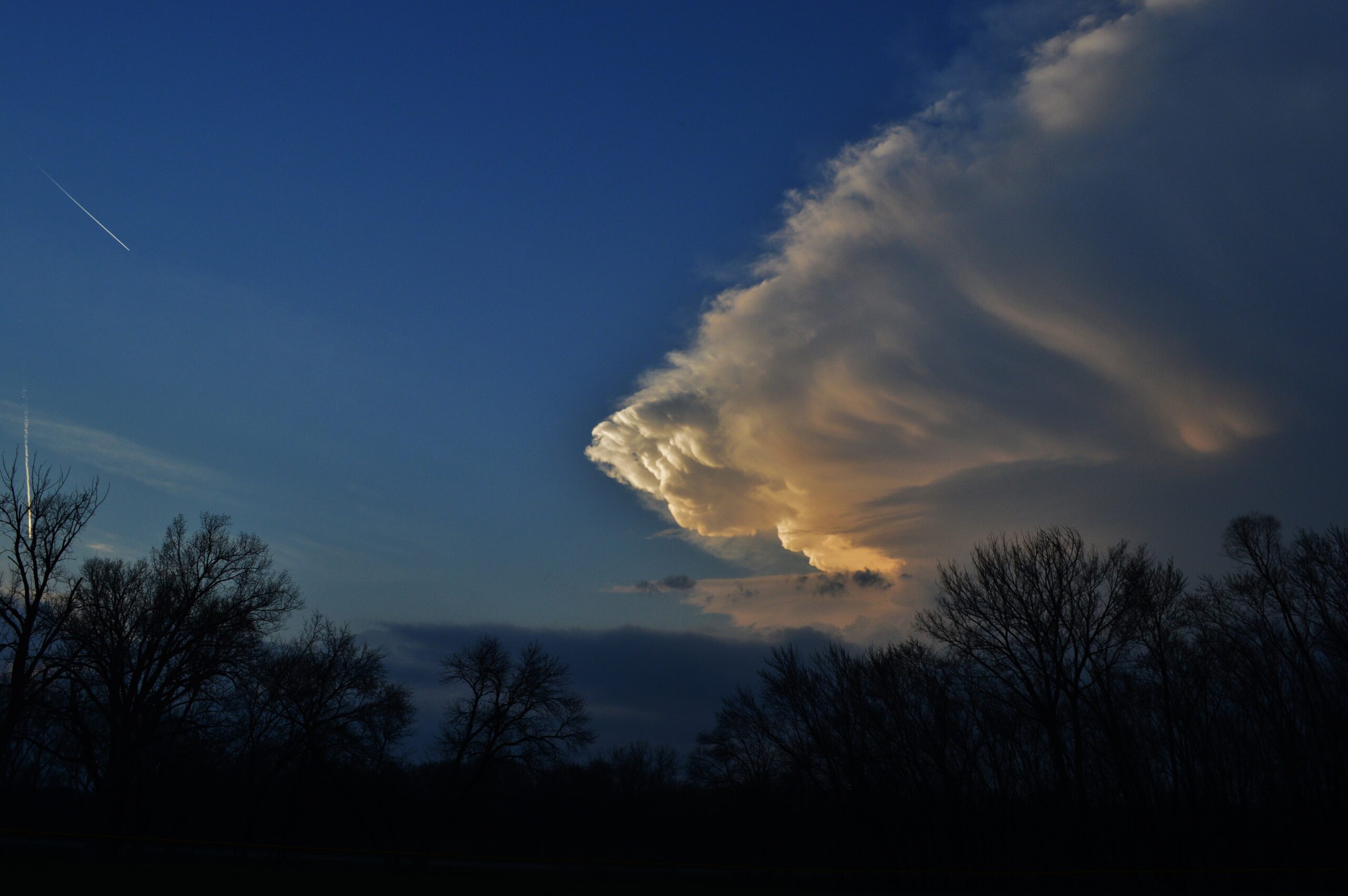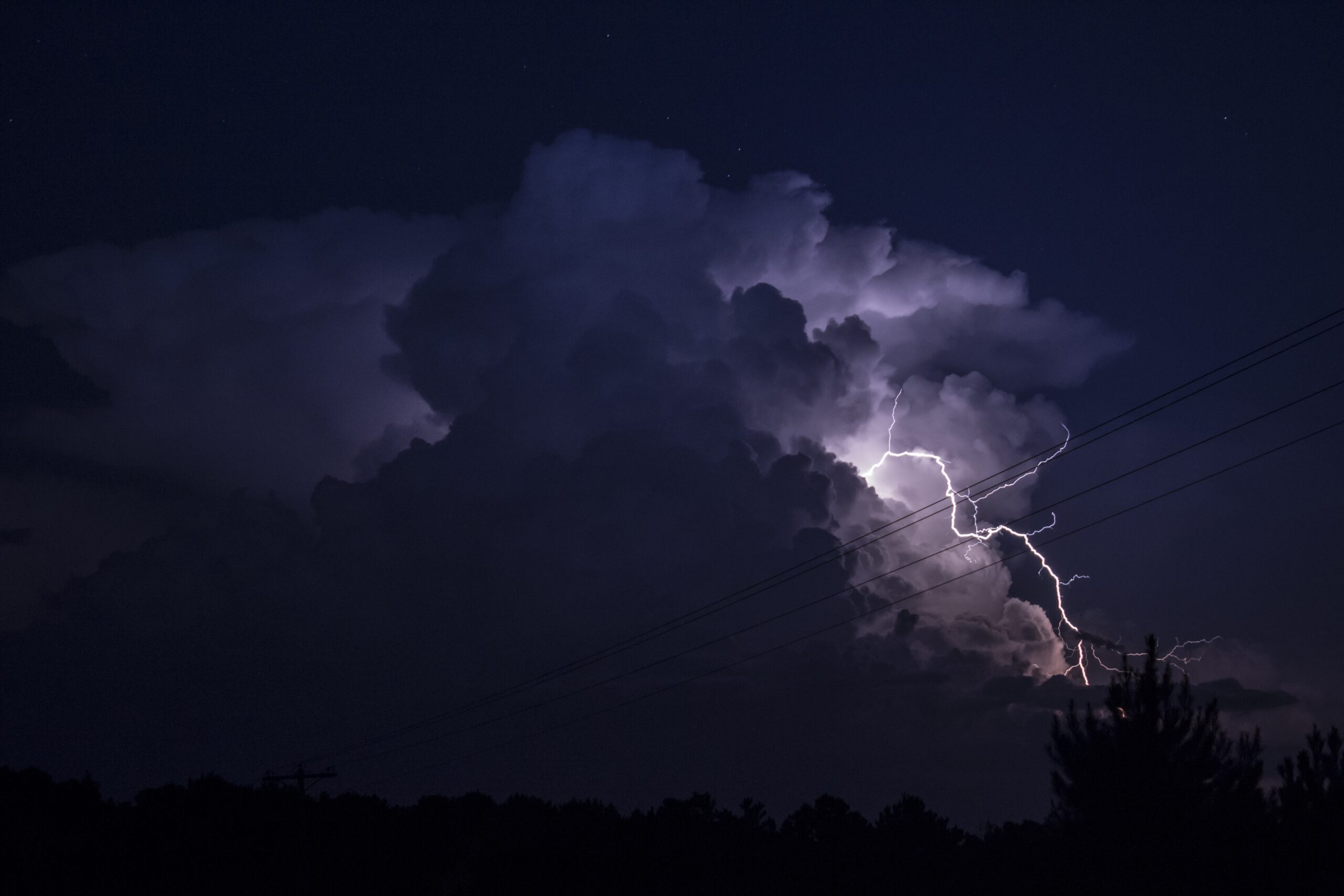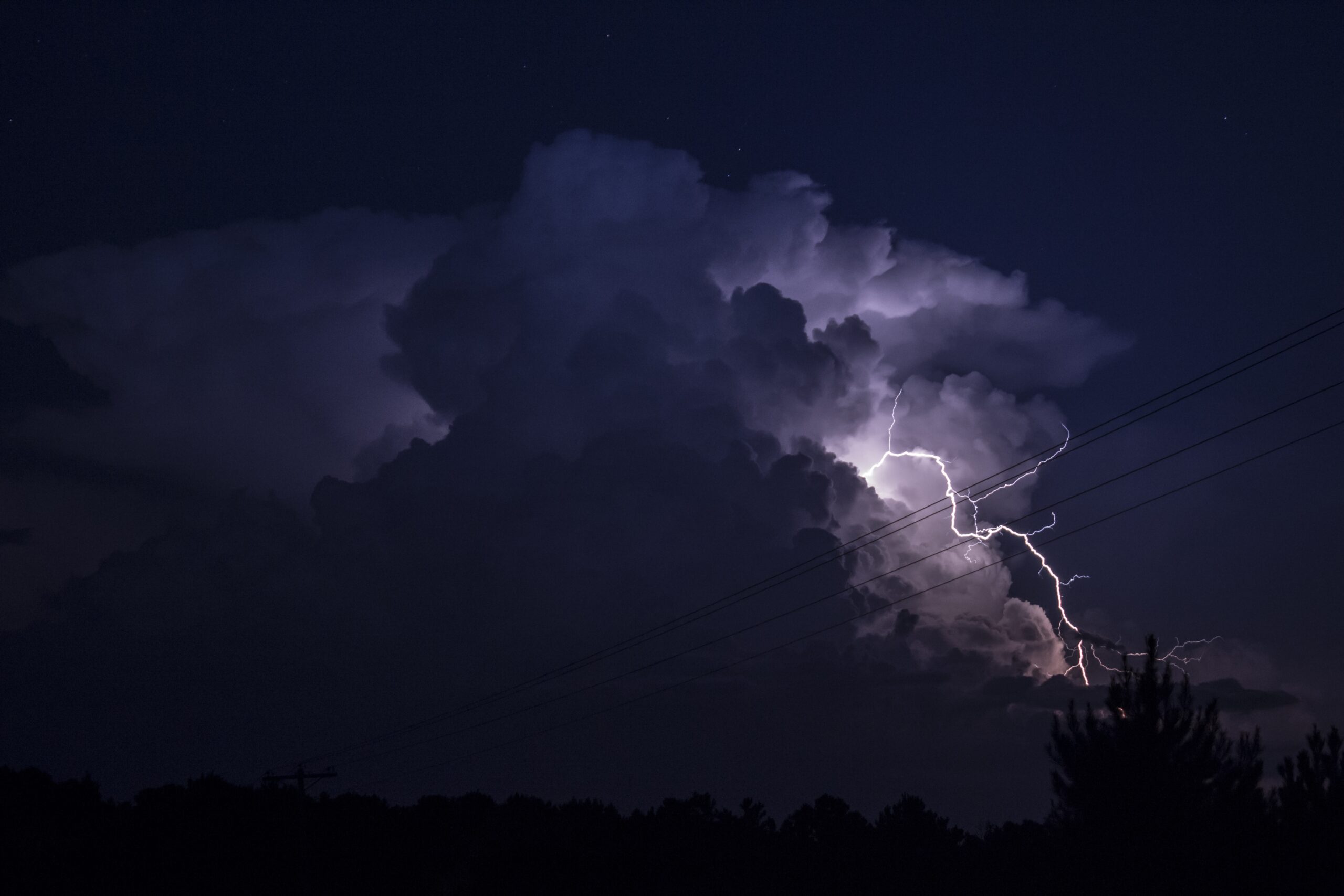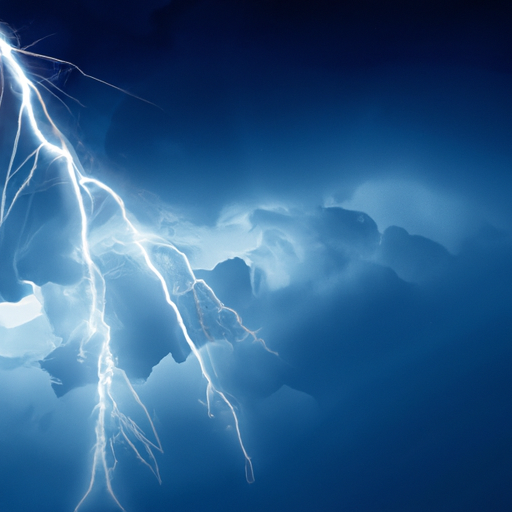“The Role of Weather in Literature and Poetry” explores the impact of weather on our daily moods and its significant presence in the realm of poetry. From beautifully setting the scene to representing various emotions and symbolism, weather references in poems have a profound effect on readers. Highlighting classic examples such as Henry Wadsworth Longfellow’s “The Rainy Day,” Emily Dickinson’s “A Summer Shower,” and Thomas Hardy’s “During Wind And Rain,” this article delves into the practical role of weather in storytelling and how it helps create the desired mood. By connecting readers to the emotions and experiences portrayed, weather in poems serves as a universal bridge, allowing us all to understand and relate to the sensations evoked. For a comprehensive look at this subject, the article provides a listicle and table to further enrich the reader’s understanding and appreciation of the topic.
The Role of Weather in Literature and Poetry
Weather is not just about the daily forecast or a topic of small talk; it holds a significant place in literature and poetry. From setting the mood to symbolizing emotions, weather references in writing have captivated readers for centuries. In this article, we will explore the various aspects of weather’s influence in literature and how it enhances the overall storytelling experience.

Weather as an Indicator of Mood
Weather serves as a powerful indicator of mood, as it can profoundly influence our daily emotions. Whether it’s a sunny day that uplifts our spirits or a gloomy, rainy day that dampens our mood, weather has the power to evoke and intensify our feelings. It becomes a mirror that reflects our internal emotional state.
Weather References in Poetry
Poets have a special affinity for capturing the essence of weather in their verses. The use of weather references in poetry adds depth and beauty to the work. Through vivid descriptions of rain, thunderstorms, or a gentle breeze, poets transport readers to a specific time and place, setting the scene for the emotions conveyed in the poem.

Emotions and Symbolism in Weather
Weather can also convey a range of emotions and hold symbolic meanings in literature. Rain, for example, is commonly associated with sadness or melancholy, while bright sunshine can represent joy and happiness. Each weather condition carries its own distinct emotional connotations, allowing writers to tap into these associations and effectively convey the desired sentiment.
Prominent Poems with Weather References
Numerous poems have left an everlasting impact on readers through their skillful use of weather references. “The Rainy Day” by Henry Wadsworth Longfellow conveys a sense of sorrow and introspection with its depiction of a rainy day. Emily Dickinson’s “A Summer Shower” captures the transient beauty and joy of a sudden rainfall. Thomas Hardy’s “During Wind And Rain” uses weather as a backdrop to explore the fleeting nature of human existence. These poems, along with others such as “Sleet” by Alan Shapiro, “In April” by James Hearst, “A Crosstown Breeze” by Henry Taylor, and “Rain” by Edward Thomas, showcase the versatility of weather as a poetic device.

Weather’s Practical Role in storytelling
Beyond its symbolic significance, weather also plays a practical role in storytelling. In many narratives, weather acts as a plot device, influencing the characters’ actions and the progression of the story. A sudden storm, for instance, may strand characters in a remote location, heightening tension and creating conflict. Weather can also serve as a foreshadowing tool, hinting at upcoming events or setting the stage for a dramatic climax. Moreover, weather patterns can shape a character’s development, providing insights into their resilience, adaptability, or vulnerability.
Weather’s Contribution to Mood in Stories
Weather has the unique ability to create and enhance the mood in stories. By describing the weather in a particular scene, authors actively engage the readers’ senses and immerse them in the narrative. Stormy weather can create a sense of danger, uncertainty, or urgency, while calm and sunny conditions can evoke a serene and peaceful atmosphere. The choice of weather in storytelling becomes a powerful tool to align readers’ emotional experiences with the events depicted in the story.
Weather as a Universal Sensation
Weather is a universal sensation that everyone can relate to. Regardless of cultural or geographic differences, we can all understand and appreciate the impacts of weather on our daily lives. It serves as a common thread that connects us through shared experiences and emotions.
Listicle: Notable Poems with Weather Imagery
- “The Rainy Day” by Henry Wadsworth Longfellow
- “A Summer Shower” by Emily Dickinson
- “During Wind And Rain” by Thomas Hardy
- “Sleet” by Alan Shapiro
- “In April” by James Hearst
- “A Crosstown Breeze” by Henry Taylor
- “Rain” by Edward Thomas
Table: Symbolism of Weather in Literature
| Weather Condition | Symbolism | Examples |
|---|---|---|
| Rain | Sadness | “The Rainy Day” by Henry Wadsworth Longfellow |
| Sunshine | Joy | “A Summer Shower” by Emily Dickinson |
| Storm | Conflict | “During Wind And Rain” by Thomas Hardy |
Through this exploration of weather’s role in literature and poetry, we learn that it serves not only as a reflection of our mood but also as a powerful tool for storytelling. The use of weather references in writing adds depth, beauty, and a universal connection that transcends culture and time. So the next time you read a poem or a story, pay attention to the weather descriptions and allow them to transport you to different emotional landscapes.



